Functions
The clutch assembly in a motorcycle or any vehicle with a manual transmission plays a crucial role in controlling the connection between the engine and the transmission. Here’s a breakdown of its functions:
1. Engagement and Disengagement of Power
- Disengagement: When you pull the clutch lever, the clutch assembly disengages the engine from the transmission. This allows the engine to run without driving the wheels, enabling you to shift gears or come to a stop without stalling the engine.
- Engagement: When you release the clutch lever, the clutch plates gradually re-engage, transferring power from the engine to the transmission and eventually to the wheels.
2. Smooth Gear Shifting
- The clutch allows for smooth transitions between gears by momentarily disconnecting the engine’s power from the transmission. This reduces wear on the transmission and makes gear shifts smoother and quieter.
3. Control Over Power Transfer
- The clutch gives the rider control over how much power is transmitted to the wheels. By partially engaging the clutch, the rider can modulate the amount of power reaching the transmission, which is useful for tasks like starting from a stop or riding at low speeds.
4. Protection of the Transmission
- The clutch helps protect the transmission and drivetrain components by absorbing some of the shock that occurs when gears are engaged or disengaged. This helps prevent damage and prolongs the lifespan of these components.
5. Starting the Vehicle
- In most manual transmission vehicles, the clutch must be disengaged to start the engine. This ensures that the engine is not connected to the transmission when starting, preventing unintended movement.
6. Engine Braking
- When the clutch is engaged, releasing the throttle causes the engine to slow down the vehicle, a process known as engine braking. This is useful for controlling speed without using the brakes.
Key Components Involved:
- Clutch Plates (Friction and Steel): These engage and disengage to control the power flow from the engine to the transmission.
- Clutch Basket: Holds the clutch plates and transmits power to the transmission.
- Pressure Plate: Applies pressure to the clutch plates to engage them.
- Clutch Springs: Provide the necessary force to keep the clutch plates engaged.
Overall, the clutch assembly is essential for controlling the transfer of power within the vehicle, enabling smooth operation, gear shifting, and providing the rider with precise control over the vehicle’s movement.
Suitable For



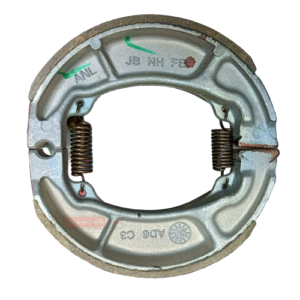

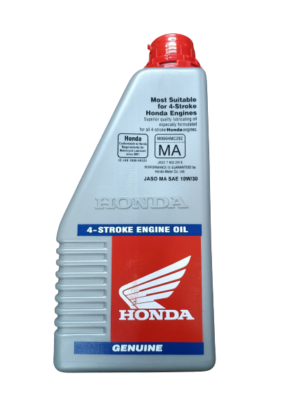
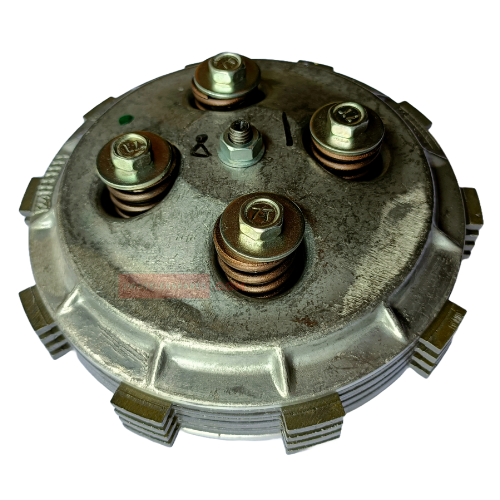
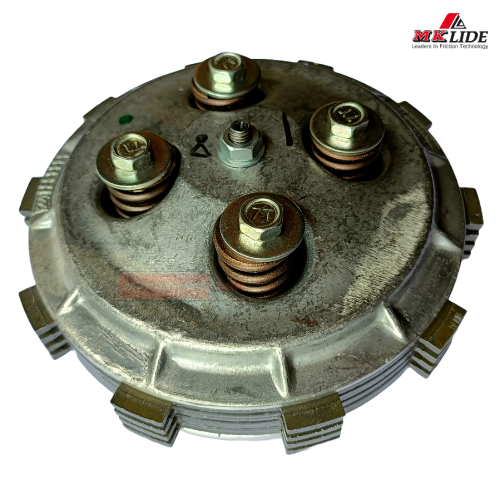
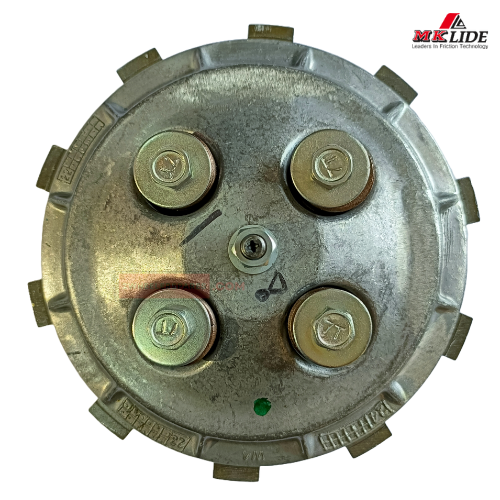

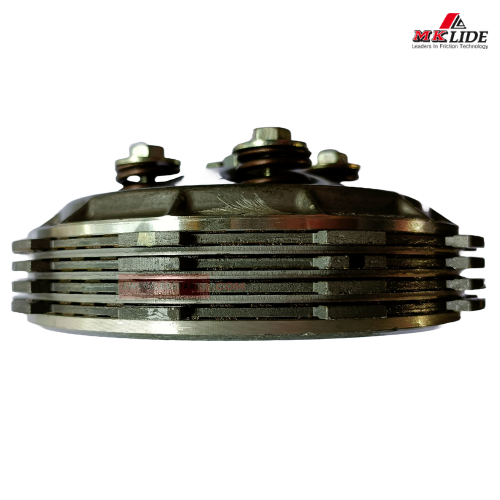
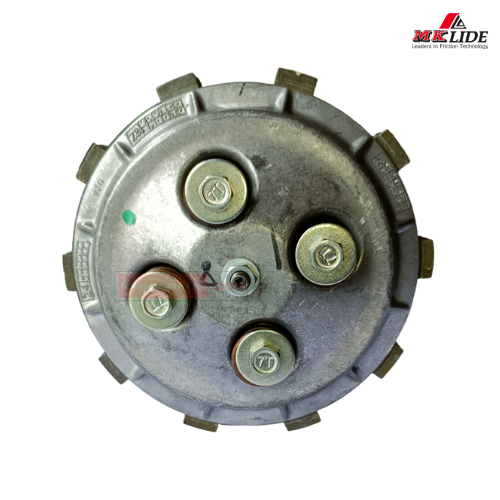
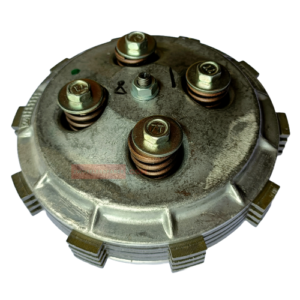
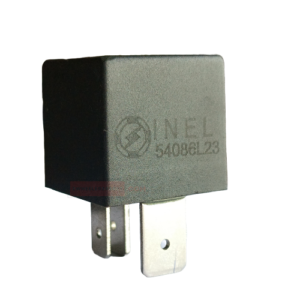
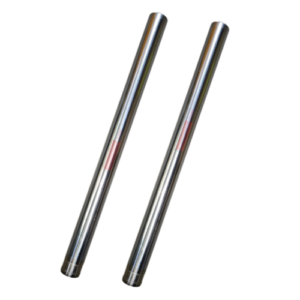
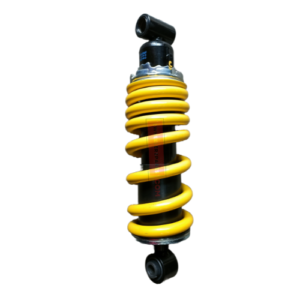
Reviews
There are no reviews yet.